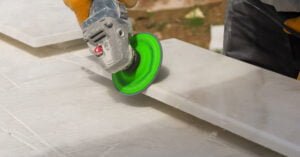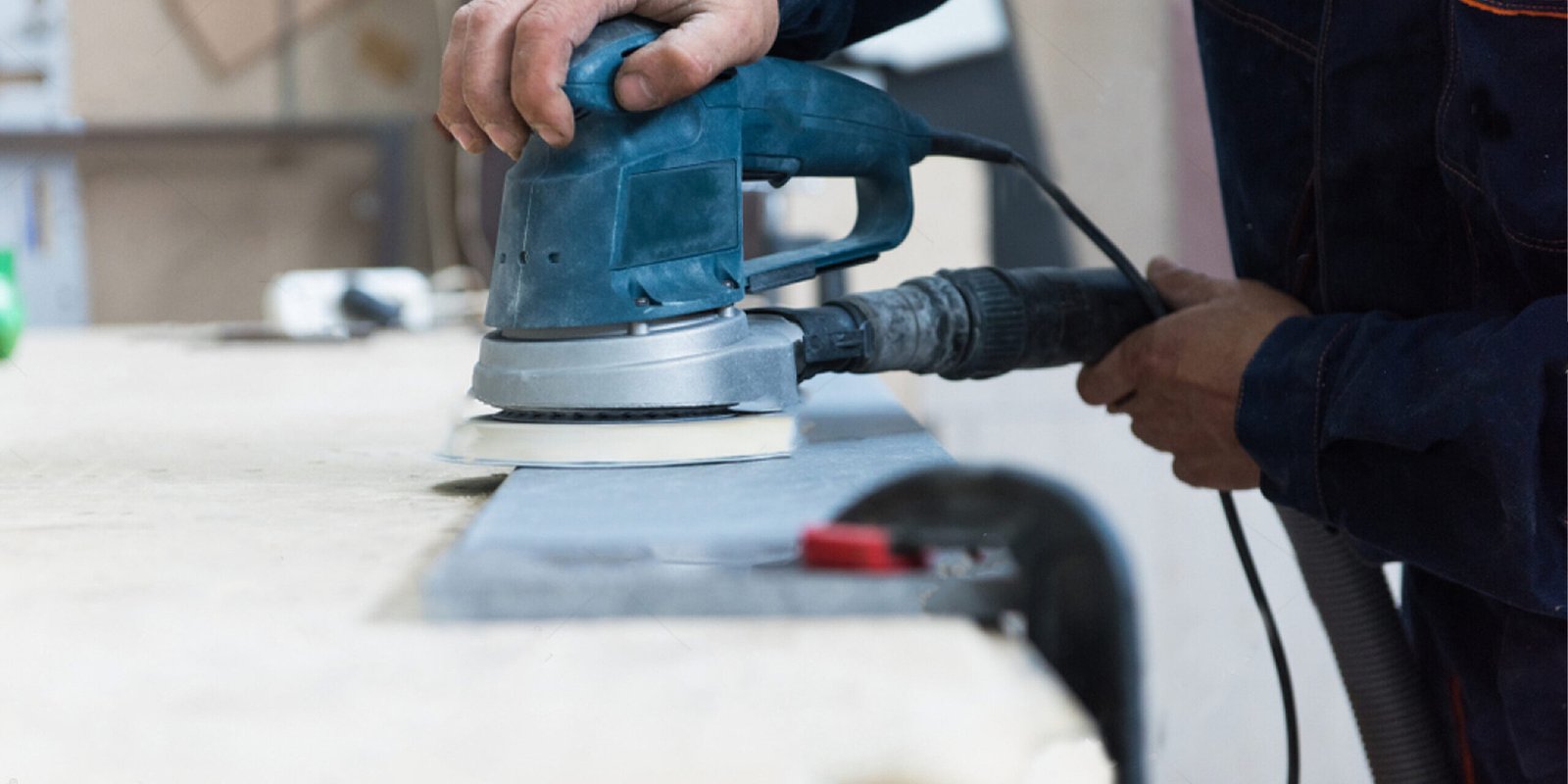Mastering the Art of Finishes for Natural Stone Perfection
Finishes play a crucial role in enhancing the beauty and functionality of marble surfaces. These finishes are applied to marble through various processes to achieve different textures, appearances, and levels of durability. Each finish offers unique characteristics that cater to different design preferences and practical requirements. Understanding the different marble finishes is essential for selecting the most suitable option based on the desired aesthetic, usage, and maintenance considerations. From glossy polished finishes to textured brushed finishes, the world of marble finishes offers a diverse range of options to explore and customize according to individual needs and preferences.

Finishes VS Usages
- Polished Finish:
– Description: A polished finish is a glossy and reflective surface treatment applied to natural stones such as granite, marble, and Limestone.
– Characteristics: The polished finish creates a smooth, shiny, and mirror–like surface on the stone, enhancing its natural colors and patterns. It reflects light, making the stone appear more vibrant and luxurious.
– Process: The process involves grinding and buffing the stone surface with abrasives until it achieves a high level of gloss and smoothness. The final step often includes applying a sealing agent to enhance the shine and protect the surface.
– Benefits: The polished finish enhances the natural beauty of the stone, highlighting its veining, color variations, and unique characteristics. It is highly durable, resistant to stains and scratches, and easy to clean, making it suitable for various indoor applications.
– Usage: Polished finish is commonly used for countertops, vanity tops, flooring, and wall cladding in residential and commercial spaces. It adds elegance and sophistication to interiors and complements a wide range of design styles.
– Considerations: While a polished finish provides a luxurious appearance, it may show fingerprints, water spots, and etching more visibly than other finishes. Regular cleaning and maintenance, including resealing as needed, are recommended to preserve the shine and protect the stone over time.
The polished finish offers a sleek and refined look to natural stone surfaces, creating a timeless and elegant aesthetic that enhances any space.
2. Honed Finish:
– Description: A honed finish, also known as matte or satin finish, is a type of finish applied to natural stones such as marble, granite, and limestone.
– Characteristics: The honed finish creates a smooth and non–reflective surface on the stone, giving it a soft and velvety appearance. It reduces the glossiness of the stone, resulting in a more subdued and elegant look.
– Process: The process involves grinding and sanding the stone surface with abrasives to achieve a flat and smooth texture without the high gloss of a polished finish. It retains the natural color and veining of the stone while providing a tactile surface.
– Benefits: Honed finish offers a more natural and understated aesthetic compared to polished finishes. It hides scratches, etches, and water spots better, making it suitable for high-traffic areas and surfaces that require a softer appearance.
– Usage: Honed finish is commonly used for floors, and wall cladding in both residential and commercial spaces. It is preferred for bathroom vanities and flooring where a less reflective and more tactile surface is desired.
– Considerations: While honed finish reduces the visibility of imperfections, it may require more frequent cleaning and maintenance to prevent staining and etching. Sealing the stone and using appropriate cleaning products are recommended to preserve the finish and protect the stone over time.
The honed finish provides a refined and sophisticated look to natural stone surfaces, offering a balance between aesthetics and practicality for various applications.
3. Acid Finish:
– Description: An acid finish, also known as acid wash or acid etch, is a type of finish applied to natural stones such as marble and limestone.
– Characteristics: The acid finish creates a textured and slightly rough surface on the stone, enhancing its slip resistance and providing a unique matte or satin-like appearance.
– Process: The process involves applying an acidic solution, typically diluted hydrochloric acid or another acid solution, to the stone surface. The acid reacts with the calcium carbonate in the stone, resulting in the removal of a thin layer and creating a textured finish.
– Benefits: Acid finish enhances the natural texture and character of the stone, making it ideal for outdoor applications where slip resistance is crucial. It also provides a matte surface that hides scratches and etches better than polished finishes.
– Usage: Acid finish is commonly used for outdoor applications such as pool decks, patios, and walkways due to its slip-resistant properties. It can also be used indoors where a textured and unique surface is desired, such as feature walls or accent pieces.
– Considerations: It’s important to test the acid finish on a small area of the stone before applying it to the entire surface to ensure compatibility and desired results. Proper sealing and maintenance are also recommended to preserve the finish and protect the stone over time.
The acid finish offers a distinctive texture and appearance that adds character and functionality to natural stone surfaces, making it a popular choice for both indoor and outdoor applications.
4. Flamed Finish:
– Description: A flamed finish is a type of finish applied to natural stones such as granite, basalt, marble and limestone
– Characteristics: The flamed finish creates a rough and textured surface on the stone, resulting from exposing the stone to high temperatures and then rapidly cooling it. This process causes the crystals in the stone to fracture, creating a unique and natural texture.
– Process: The process involves heating the stone slab to high temperatures using a flame torch or a specialized machine. The intense heat causes the surface layer of the stone to expand and burst, creating a rough and uneven texture.
– Benefits: Flamed finish enhances the slip resistance of the stone, making it ideal for outdoor applications such as pool decks, patios, and walkways. It also provides a natural and rustic appearance, hiding dirt, scratches, and imperfections better than polished finishes.
– Usage: Flamed finish is commonly used for outdoor paving, especially in areas with high foot traffic or where slip resistance is essential. It can also be used for wall cladding, steps, and other architectural elements to add texture and visual interest.
– Considerations: While a flamed finish enhances slip resistance, it may also make the stone more porous and susceptible to staining. Sealing the stone and regular maintenance are recommended to protect the finish and prolong the stone’s lifespan.
The flamed finish offers a rugged and natural appearance to natural stone surfaces, making it a popular choice for outdoor applications that require both aesthetics and functionality.
5. Tumbled Finish:
– Description: A tumbled finish is a type of finish applied to natural stones such as marble, travertine, and limestone.
– Characteristics: The tumbled finish creates a worn and weathered appearance on the stone, featuring rounded edges and a soft texture. It imparts a rustic and aged look, reminiscent of ancient architecture.
– Process: The process involves tumbling the stone pieces in a drum-like machine with abrasive materials such as sand or gravel. This tumbling action creates the desired worn and distressed surface.
– Benefits: Tumbled finish enhances the natural beauty and charm of the stone, giving it a timeless appeal. It also provides a non-slip surface, making it ideal for areas where traction is important, such as outdoor patios and pool decks.
– Usage: Tumbled finish is commonly used for flooring, wall cladding, and outdoor paving to create a warm and inviting atmosphere. It is particularly popular for Mediterranean and rustic-inspired designs.
– Considerations: While a tumbled finish adds character to the stone, it may require more frequent cleaning and sealing compared to other finishes. Proper maintenance helps preserve its appearance and durability over time.
The tumbled finish brings a touch of old-world elegance and natural beauty to natural stone surfaces, making it a versatile choice for various design styles, especially for those seeking a vintage or antique look.
Finally, The world of natural stone finishes is diverse and offers a range of options to suit various design preferences and practical needs. Polished finishes bring a glossy and reflective surface, ideal for adding sophistication and elegance to interiors. Flamed finishes provide a rugged and textured appearance, enhancing slip resistance and making them suitable for outdoor applications. Honed finishes offer a smooth and matte surface, perfect for achieving a modern and minimalist look while retaining the stone’s natural beauty.
Tumbled finishes create a rustic and aged appearance, adding character and warmth to any space. Acid finishes provide a unique textured surface, enhancing slip resistance and making them suitable for both indoor and outdoor applications. Each finish has its unique characteristics, making it essential to consider factors such as aesthetics, durability, maintenance, and usage before choosing the right finish for your natural stone project.






